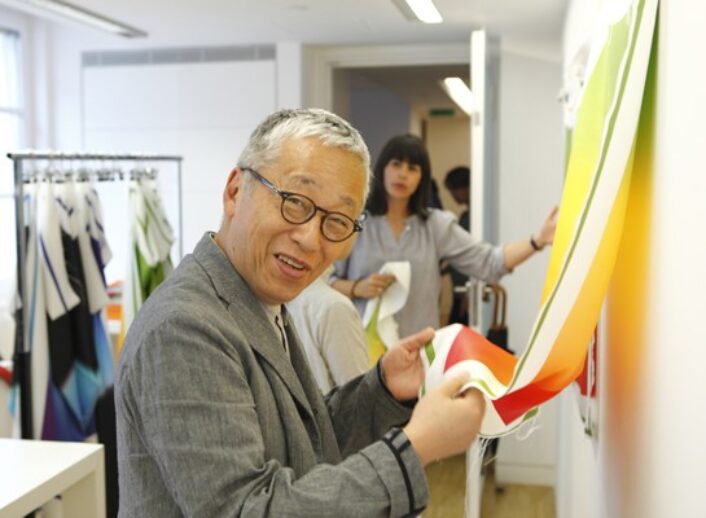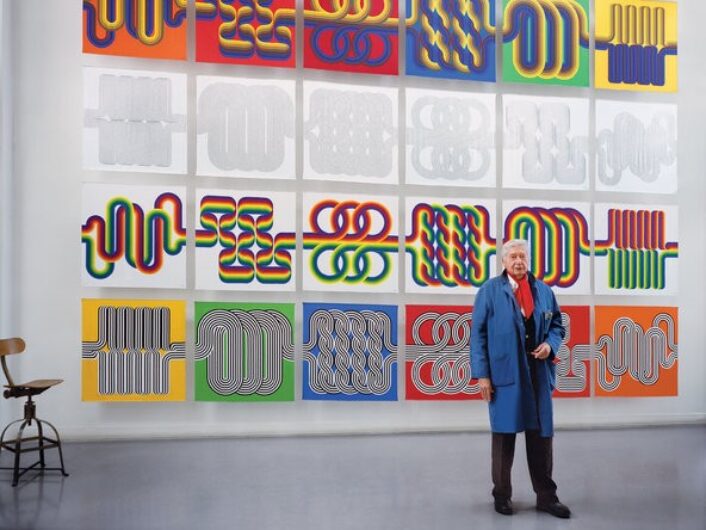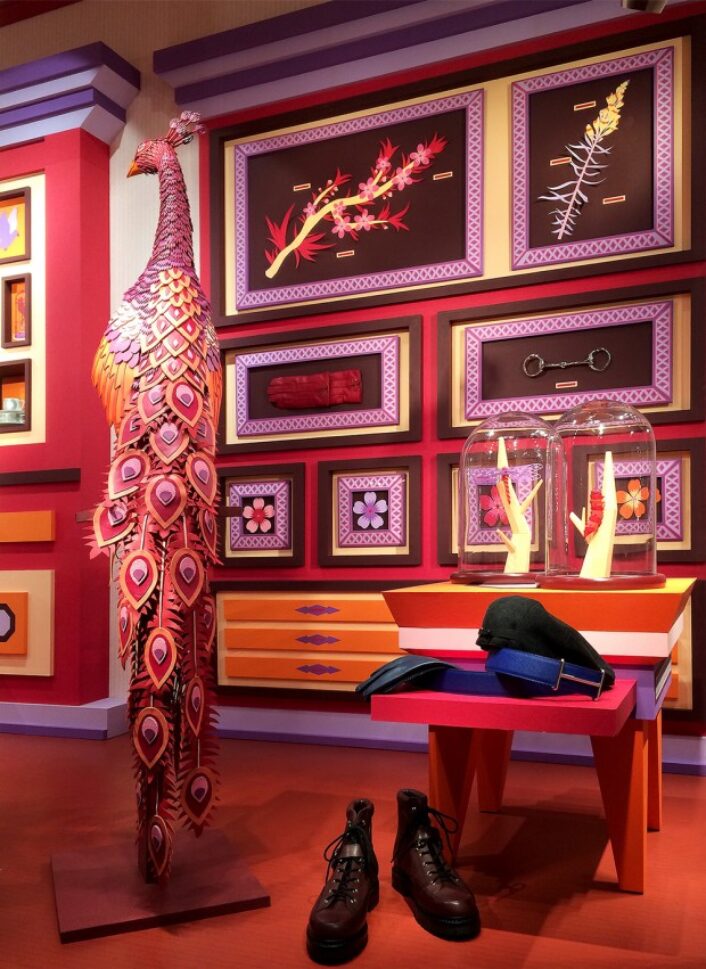Culture
Hermes’ silk canvases
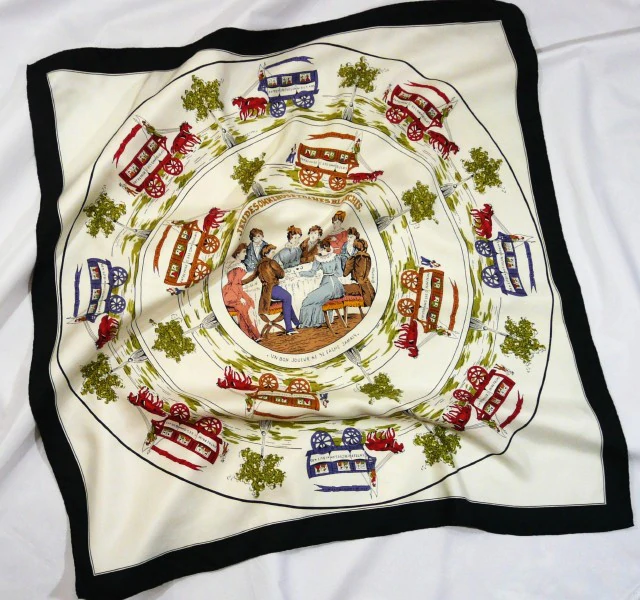
Jeu des Omnibus et Dames Blanches. A vintage scarf designed by Hugo Grygkar and first issued in 1937.
Image courtesy of: Carre de Paris
Hermès has become known as one of the top luxury houses in the world. Founded in 1837 by a harness-maker named Thierry Hermès, the company is famous for two products: leather bags and silk scarves. The company’s forte in leather was Hermès’ sole focus for one hundred years. However in 1938, over ten decades after it was founded, the French luxury house designed the first Carré scarf.
The first scarf was designed by Robert Dumas, a Hermès family member. The initial scarf was called, “Jeu des Omnibus et Dames Blanches.” Dumas used a popular board game by Émile Hermès from the 1800’s as inspiration for the first scarf. Made from pure Chinese silk, the whimsical and colorful scarf instantly drew the attention of France’s high society women. It has been said that it was the intricate pattern and attention to detail that made the silk canvas an instant hit!
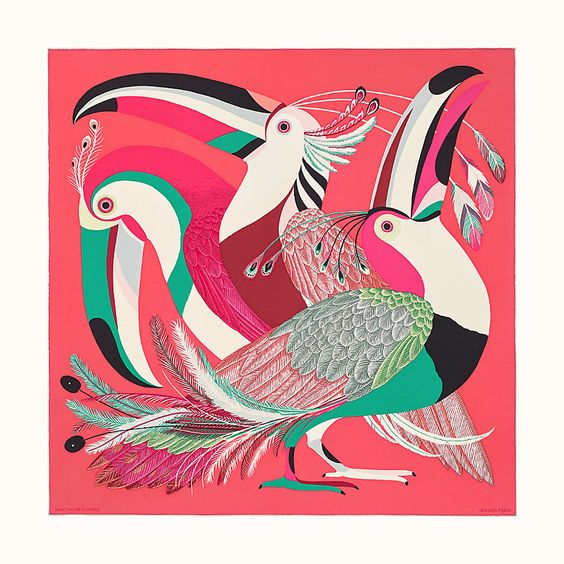
From the 2020-21 collection, “Toucans de Paradis” by Katie Scott.
The illustrator chose the toucan because she is passionate about biology; Scott is best known for her botanical and animal plates… oftentimes imaginary.
Image courtesy of: Luxury Shops
Hermès scarves are made from silk that comes from the cocoons of 250 Mulberry moths. Not much has changed since the scarves were first made eighty-five years ago. The scarves are silkscreened by hand and the hems are hand-sticked and hand-rolled. It is said that each scarf takes six to eighteen months to produce.
At present, over two thousand designs have been created; many of those designs have become limed edition re-releases of old designs and others have been discounted to allow room for new designs. The beauty is that some designs are classic with elements such as a horse or the letter “H,” while other resemble abstract art.
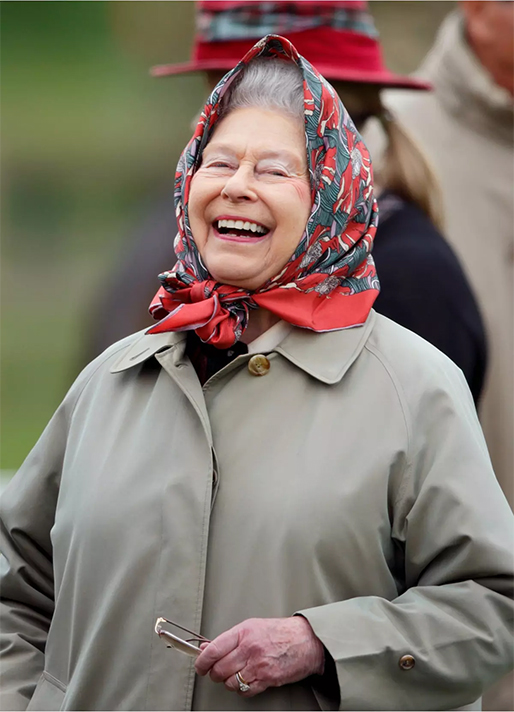
Queen Elizabeth wearing a Beckford Silk Hermès scarf.
Image courtesy of: Editorial List, photographed by: Max Mumby
Instantly, Hermès scarves became sought-after accessories; it did not hurt that some of our time’s best-dressed women wore them. Among the ladies that have been seen wearing Hermès scarves, often multiple times, are: Grace Kelly, Queen Elizabeth II, and Jacqueline Kennedy.
Sizes and shapes vary and the best things is that the accessory can be used as more than “just a scarf.” The rectangle shawls and traditional square scarves have been framed as art and the Twilly is often seen as an accessory to the Birkin or the Kelly, perhaps the world’s most expensive purses. For bad hair days, Hermès scarves have been known to serve the purpose of a headband or a ponytail holder.
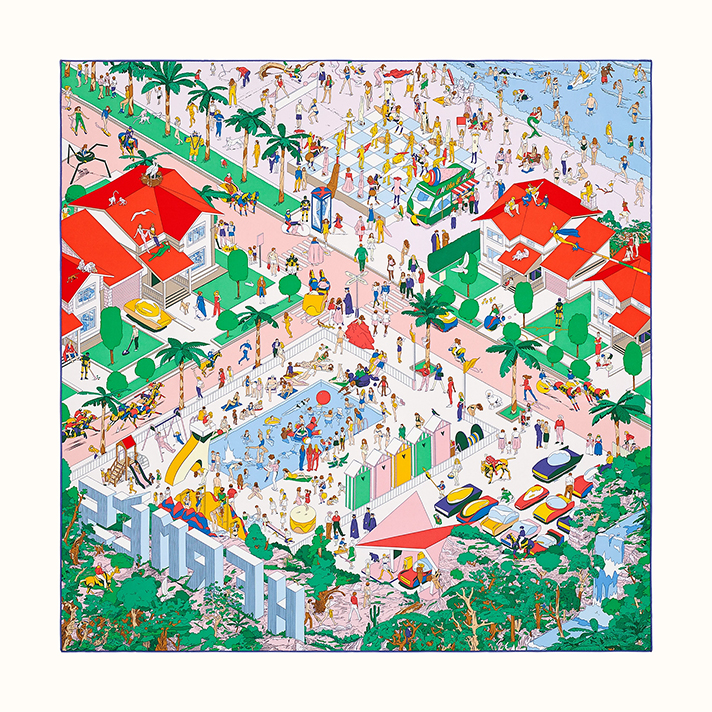
“Hermès on The Beach scarf 90.”
Dimensions are: 36″ x 36″
Image courtesy of: Hermès
Among the two thousand designs that have been produced, there are several collections that stand out. In particular, Ugo Bienvenu’s 2020 “Hermès on The Beach scarf 90” which garnered a lot of attention. Bienvenu previously collaborated with Hermès; however the French illustrator’s “Where’s Waldo” silk canvas is different than almost everything previously designed.
Bienvenu beautifully celebrates summer and time spent relaxing by the sea. Presented similar to an American comic, the scarf tells the story of tourists visiting a futuristic seaside resort. Among the individual hidden scenes… a superhero flies over the rooftops, a horse race takes place while people lounge, and a mermaid falls into the arms of a lifeguard. Courtesy of Hermes, “Comic book characters and quirky vehicles intersect in the four corners of this detail-filled design.”
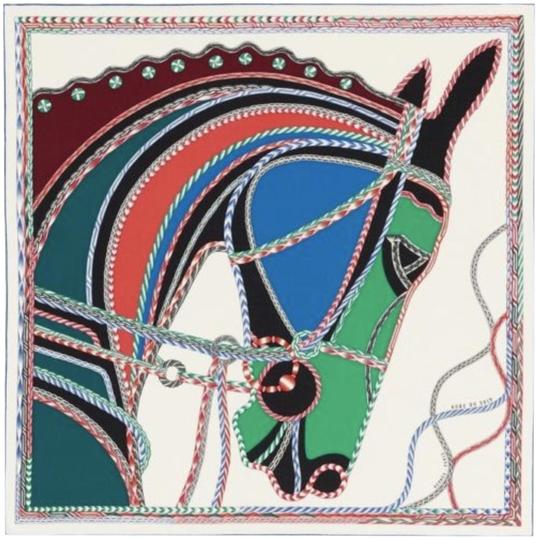
“Robe Du Soir Horse” cashmere silk shawl, multicolored.
Dimensions are: 55″ x 55″
Image courtesy of: Tradesy
The company’s long history does not mean that they are closed off to innovation. Two years ago, Hermès introduced the double-faced carré for the first time during the Spring/Summer 2020 collection. This collection had been “in the making” for more than ten years; it was developed by Lyon’s top craftsmen and textile engineers. The double-face scarf (courtesy of Verve Magazine), “this breakthrough in silk printing saw the merging of technology and fine craftsmanship to create delicate silk scarves printed separately on either side, something that was considered impossible even 10 years ago. How this is produced remains a tight-lipped secret by the artisans who produced it.”
Every single Hermès scarf tells a story; sometimes funny, sometimes calming… The tales the scarves tell range from astronomy to mythology to equestrian chronicles. Today, the company employs young artists to create newer designs; the hope is that the fresh designs will bring a sense of modernity to a younger generation of fashionistas. There is no doubt that thanks to Hermès, the scarf remains forever hip!
